Takashi Murakami (村上 隆 Murakami Takashi, born February 1, 1962) is a Japanese artist. He studied at the Tokyo National University of Fine Arts and Music. He is the founder of the Superflat movement, a postmodern art style influenced by anime and manga which comments on otaku culture and lifestyles. His inspiration for starting the movement was in a variety of eccentric Ukiyo-e artists and Yoshinori Kanada's dragon sequence in the anime film Harmagedon (1983).
His signature and most infamous works are "Hiropon" and "My Lonesome Cowboy". "Hiropon" is a fiberglass sculpture of an anime-style female, taller than average, with gigantic breasts and wearing an undersized bikini top which fails to cover her adequately. A stream of milk, which she is squeezing from one of her nipples, wraps behind her to into her other nipple being squeezed by her other hand, resembling a jump-rope. "My Lonesome Cowboy" is a similar of a nude male holding his penis as he ejaculates a stream of semen which he guides with his other hand to swirl upward, resembling a lasso. "Hiropon" prompted Gainax producer Toshio Okada to dub Murakami the "Ota-king" after the character in his own Otaku no Video. Both pieces of work are said to be a comment on the rate of overly-sexed anime.
Murakami typically conscripts artisans whose backgrounds run closer to model and kit-based hobbyists rather than fine-arts craftsmen to design and execute his works. Another "low-art" aspect of Murakami's oeuvre is the decidedly commercial spirit in which his works are presented to the public, as his pieces are sold as mass-produced consumer items.
In 2004, "Mr. Pointy," otherwise known as Tongari-kun, took the form of a 28' sculpture installed at Rockefeller Center in New York.
In 2003 he collaborated with Marc Jacobs at the luxury brand Louis Vuitton and masterminded Louis Vuitton's Monogram Multicolore canvas range of handbags and accessories. Which is the monograms of the standard Louis Vuitton Monogram Canvas, but in 33 different colors, on a white or a black background, instead of gold monograms on a brown background. As well as inspiring the "cherry blossom" logo; which can be found as smiling faces in pink and yellow flowers sporadically placed atop selected pieces, in Monogram Canvas by Louis Vuitton. In 2005 he inspired the creation of the cherry monogram "cerises monogram". Which are cherries with faces on them logos placed over selected Monogram Canvas pieces by Louis Vuitton.
from:
http://en.wikipedia.org/wiki/Takashi_Murakami
http://www.kaikaikiki.co.jp/artworks/list/C4
His signature and most infamous works are "Hiropon" and "My Lonesome Cowboy". "Hiropon" is a fiberglass sculpture of an anime-style female, taller than average, with gigantic breasts and wearing an undersized bikini top which fails to cover her adequately. A stream of milk, which she is squeezing from one of her nipples, wraps behind her to into her other nipple being squeezed by her other hand, resembling a jump-rope. "My Lonesome Cowboy" is a similar of a nude male holding his penis as he ejaculates a stream of semen which he guides with his other hand to swirl upward, resembling a lasso. "Hiropon" prompted Gainax producer Toshio Okada to dub Murakami the "Ota-king" after the character in his own Otaku no Video. Both pieces of work are said to be a comment on the rate of overly-sexed anime.
Murakami typically conscripts artisans whose backgrounds run closer to model and kit-based hobbyists rather than fine-arts craftsmen to design and execute his works. Another "low-art" aspect of Murakami's oeuvre is the decidedly commercial spirit in which his works are presented to the public, as his pieces are sold as mass-produced consumer items.
In 2004, "Mr. Pointy," otherwise known as Tongari-kun, took the form of a 28' sculpture installed at Rockefeller Center in New York.
In 2003 he collaborated with Marc Jacobs at the luxury brand Louis Vuitton and masterminded Louis Vuitton's Monogram Multicolore canvas range of handbags and accessories. Which is the monograms of the standard Louis Vuitton Monogram Canvas, but in 33 different colors, on a white or a black background, instead of gold monograms on a brown background. As well as inspiring the "cherry blossom" logo; which can be found as smiling faces in pink and yellow flowers sporadically placed atop selected pieces, in Monogram Canvas by Louis Vuitton. In 2005 he inspired the creation of the cherry monogram "cerises monogram". Which are cherries with faces on them logos placed over selected Monogram Canvas pieces by Louis Vuitton.
from:
http://en.wikipedia.org/wiki/Takashi_Murakami
http://www.kaikaikiki.co.jp/artworks/list/C4
Attachments
-
 05_And_Then__blue.jpg138.6 KB · Views: 24
05_And_Then__blue.jpg138.6 KB · Views: 24 -
 06_Project_ko2.jpg24.9 KB · Views: 28
06_Project_ko2.jpg24.9 KB · Views: 28 -
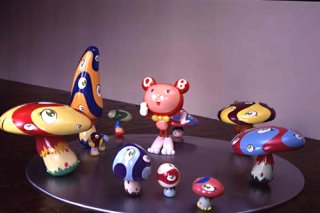 08_Dob.jpg107 KB · Views: 21
08_Dob.jpg107 KB · Views: 21 -
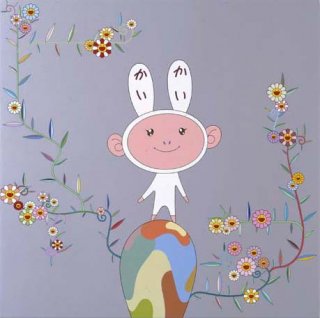 09_Kaikai_With_Moss1.jpg38.1 KB · Views: 21
09_Kaikai_With_Moss1.jpg38.1 KB · Views: 21 -
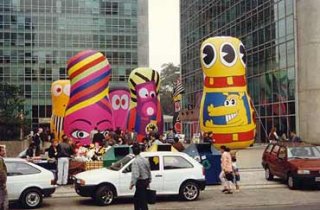 blomps02.jpg23.3 KB · Views: 21
blomps02.jpg23.3 KB · Views: 21 -
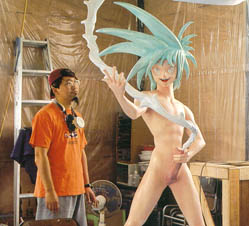 murakami.jpg23.3 KB · Views: 439
murakami.jpg23.3 KB · Views: 439 -
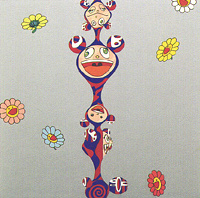 murakami3.jpg30 KB · Views: 444
murakami3.jpg30 KB · Views: 444 -
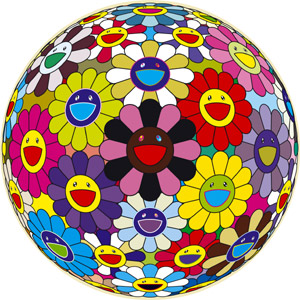 murakami4.jpg58.7 KB · Views: 438
murakami4.jpg58.7 KB · Views: 438 -
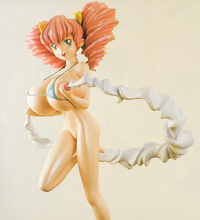 murakami5.jpg20.1 KB · Views: 437
murakami5.jpg20.1 KB · Views: 437 -
 top_main3.jpg105 KB · Views: 4
top_main3.jpg105 KB · Views: 4









 )
)





 .
.